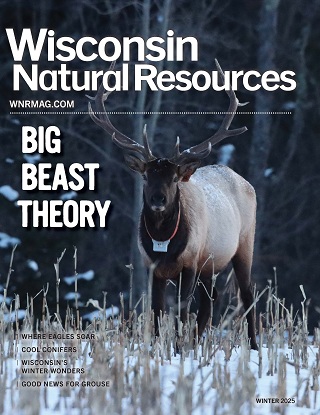Contact: Scott Roepke, DNR Wildlife Area Supervisor
Scott.Roepke@wisconsin.gov or 715-896-4947
New Baiting And Feeding Ban In Effect For Clark and Jackson Counties
MADISON, Wis. – The Wisconsin Department of Natural Resources (DNR) received notification from the Wisconsin Department of Agriculture, Trade and Consumer Protection that a farm-raised deer on a deer farm in Eau Claire County tested positive for chronic wasting disease (CWD). The positive detection comes from the Town of Fairchild in southeastern Eau Claire County, within 10 miles of the Clark and Jackson County borders.
State law requires that the Wisconsin DNR enact a ban on feeding and baiting of deer in counties or portions of counties within a 10-mile radius of a farm-raised or free-roaming domestic or wild animal that tests positive for CWD or tuberculosis. As a result, the DNR will renew the baiting and feeding ban in Eau Claire county for three years and enact two-year baiting and feeding bans in Jackson and Clark counties effective Dec. 13, 2021.
To help slow the spread of CWD, the DNR enacts baiting and feeding bans in counties where deer have tested positive for CWD as required by state law. Bait piles can encourage deer to congregate unnaturally around a shared food source where sick deer can spread CWD through direct contact with healthy deer or by leaving behind infectious prions in their saliva and urine.
More information regarding baiting and feeding regulations and CWD in Wisconsin is available here.
The DNR asks deer hunters within Jackson and Clark counties to assist with efforts to identify where CWD occurs. Collecting CWD samples is essential for assessing where and to what extent CWD occurs in deer across the state.
CWD is a fatal, infectious nervous system disease of deer, moose, elk and reindeer/caribou. It belongs to the family of diseases known as transmissible spongiform encephalopathies (TSEs) or prion diseases. The Wisconsin DNR began monitoring the state's wild white-tailed deer population for CWD in 1999. The first positives were found in 2002.
Information on how to have deer tested during the 2020-21 hunting seasons is available here.

